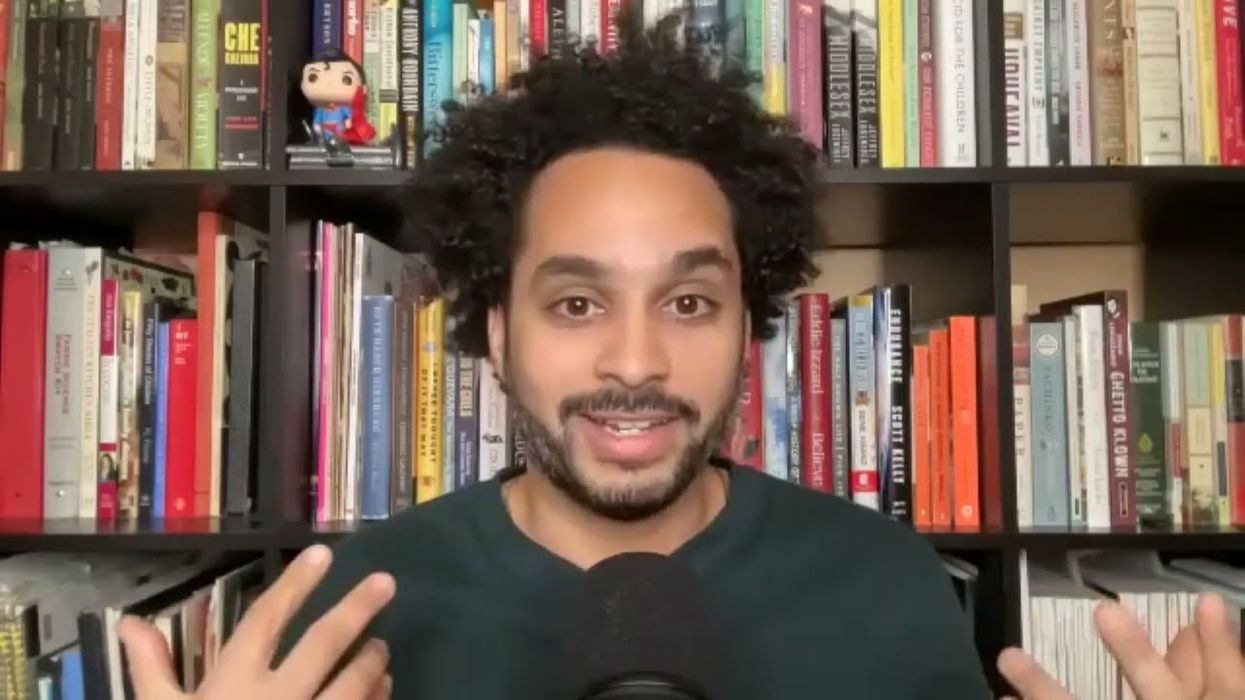At a time when citizens have been reprimanded by way of censorship, shadow banning, and canceling of accounts, government leaders and activist groups feel that censorship is necessary to prevent the spread of “false information,” possible harm, and “hate speech.” However, the Supreme court has consistently ruled and/or opined that speech perceived as offensive, false, or hateful is nevertheless protected by the First Amendment. Social media companies have restricted citizens by standards of popular opinion, yet contrary to the rulings of the United States Supreme Court.
Join the four speakers: Jeffrey Lockwood, Angel Edwardo, Dan Pipes, and Aaron Kindvatter as they navigate to question, "Should social media platforms honor the 1st amendment or continue reprimanding free speech through censorship?"




















